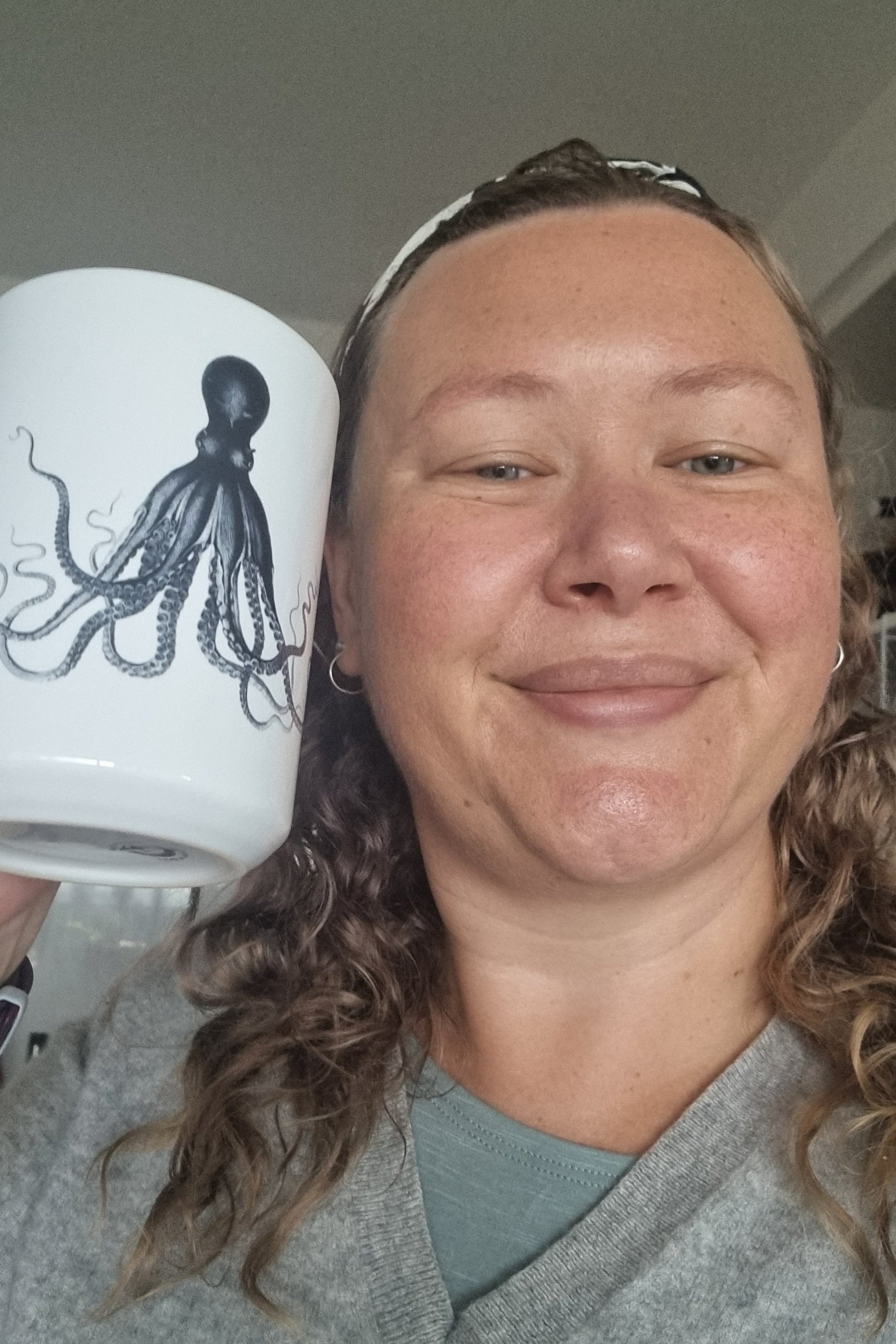Case study: Ecommerce store - The waiting
This article follows on from my set-up blog post: https://www.meliorum.com.au/blog/case-study-ecommerce-store-the-set-up as I build out https://biophiliadesigns.store/.
Now two weeks on from my go live and I have had a total of 1 sale! You know who you are. It came via the Linked in post I did about the set-up. I also have had my demo stock come in, and I think it’s not too shabby.
The Linked In post (as of writing) has had 19,635 views, which lead to 22 views of the blog. The blog article had a total of 38 views which drove 35 users and one sale. Off to a slow start so far but that means the only way is up!
I am not an SEO expert
I purposely didn’t include SEO in my title, so no one would be confused about this being a how-to for SEO. Many people confuse digital analysts and SEO experts, but they are miles apart. This was my first step into actually implementing SEO best practices and I can categorically say it is not a career path I want to go down.
Shopify does limit you on what you can achieve with SEO but I did the following:
Went to Google’s Beginner Guide to SEO: https://developers.google.com/search/docs/beginner/get-started
Decided which keywords I wanted to target. I did this by using the keyword planner in Google ads. Seems no one is really searching for a specific animal or even just animal shirts, but people are keen on sustainable clothing.
Given this insight I wanted to really go after the sustainable clothing SEO area, I needed to tweak the website. I changed:
Page titles - home and per product
Metadata - home and per product
Product descriptions
H1 tags on the homepage
I also tried to make my URLs friendly but the basic version of Shopify doesn’t allow for nested folders in the URL so just adjusted them slightly to be more readable.
There is definitely more that could be done, such as creating blog pages on the site about sustainable clothing, updating all the Products to include the keywords I wanted, but at this point, I realised I would never be an SEO specialist because I lost momentum in updating each page one-by-one. If I do continue to do SEO updates I may look into hiring a data entry specialist to do these tasks for me.
I also used a Shopify plug-in called Plug in SEO. This help points out some fundamental flaws in the theme I used in regards to SEO. Things like multiple H1 tags on a page, or having the logo image in an H1 and no text. I was able to update the template code to fix these issues quite easily.
Once this was all done I did the single biggest task that needs to happen: upload your sitemap to Google Search Console.
That was about a week ago and I am still waiting for pages to be indexed. Waiting for any impressions, waiting to see if what I did made a difference.
The result so far: no traffic from organic search. But this is not a failure. As a brand new site, it doesn’t have any of the juice any other site has, it also is meant for a long term investment. If you build it, they will come but they might take a while. I know I need to work on getting other people to reference my site, feel free to mention it on your blog to help me out: https://biophiliadesigns.store/.
I have come away with even more respect for SEO experts than I had (and I did respect them beforehand, shout out to Shayna Burns who does amazing work). It also highlighted that one person managing a website is a lot of work if you want to keep it fresh and updated, with new content to help build your SEO juice.
What’s next?
The next step is getting some paid traffic. As Shopify really easily integrated with Google Shopping Ads I have set that up already and will also look at some other SEM work over the next few weeks. I will be excited to share results and learnings.



